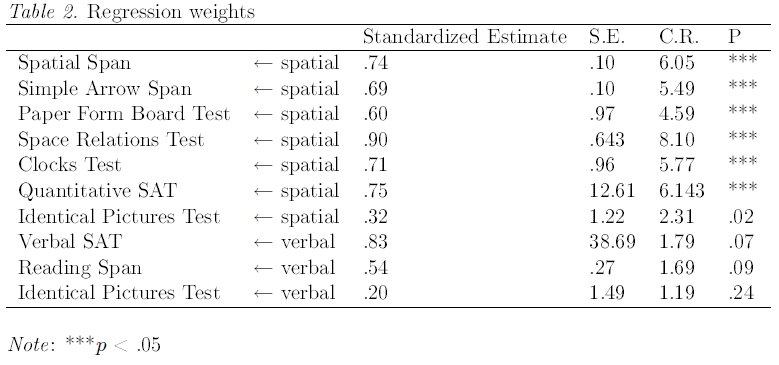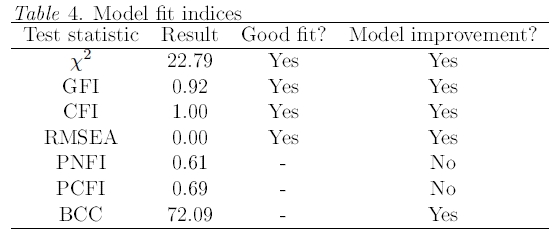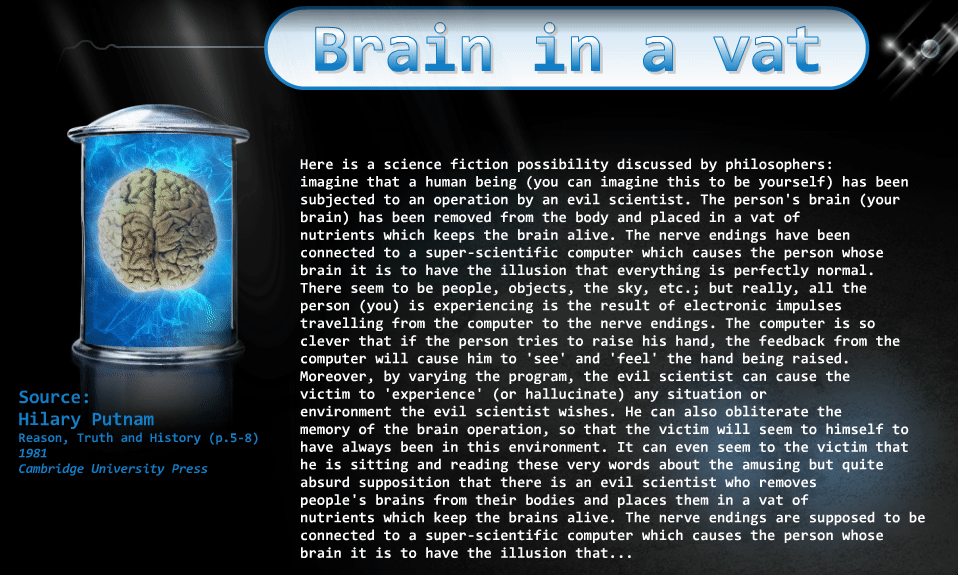“Scientia nihil aliud est quam veritatis imago. / Science is but an image of the truth.”
~ Sir Francis Bacon (*1551; †1662)
“Learn how to see. Realize that everything connects to everything else.”
~ Leonardo da Vinci (*1452; †1519) “Quod est inferius, est sicut quod est superius. / As above, so below.” ~ Hermes Trismegistus (Tabula Smaragdina); “How can the multiplicity of life delude the one who sees its unity?” ~ Katha Upaniṣhad























































































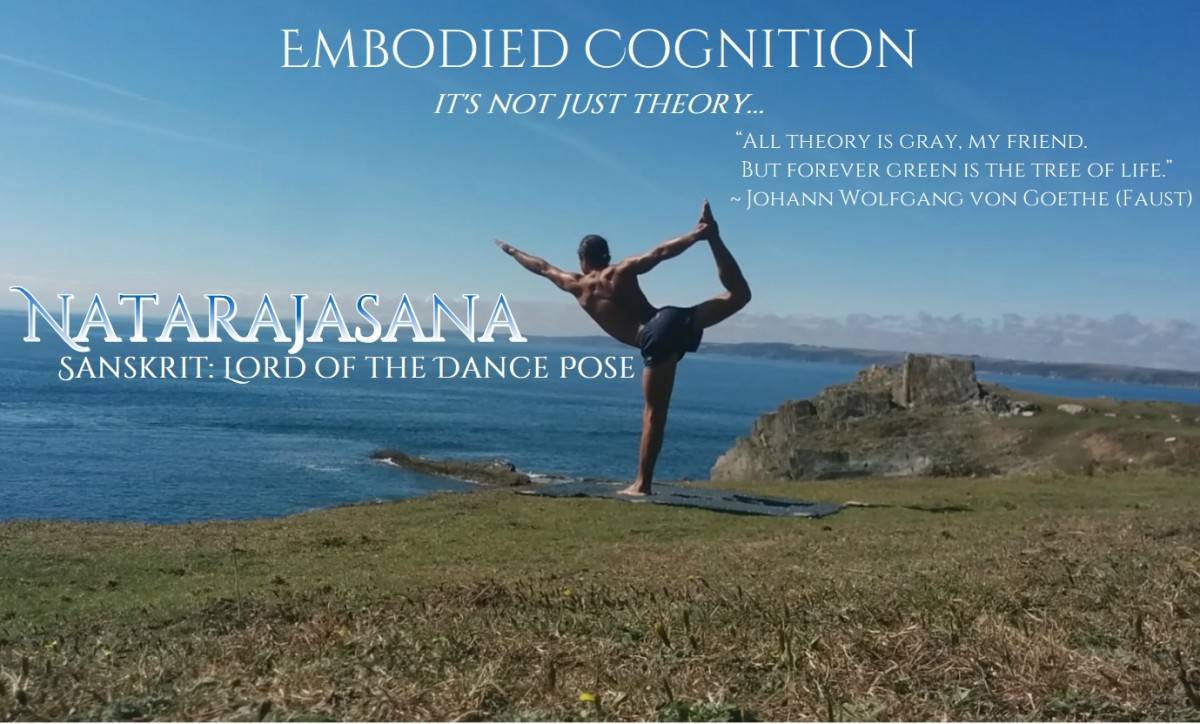












DeepDream is a psychophysical AI experiment that visualizes the patterns learned by a convoluted neural network. Similar to when a perceptually naive child watches clouds and tries to interpret random shapes, DeepDream over-interprets and enhances specific salient statistical patterns it detects in an image. It does so by forwarding an image through the Bayesian network, then calculating the gradient of the image with respect to the activations of a particular neighbouring layer. The image is then transformed to increase these activations, enhancing and perturbing the patterns seen by the network, and resulting in a dream-like image. This process was dubbed “Inceptionism” (a reference to InceptionNet, and the movie Inception). InceptionNet: https://arxiv.org/pdf/1409.4842.pdf
import tensorflow as tf
import numpy as np
import matplotlib as mpl
import IPython.display as display
import PIL.Image
url = 'https://storage.googleapis.com/download.tensorflow.org/example_images/YellowLabradorLooking_new.jpg'
# Download an image and read it into a NumPy array.
def download(url, max_dim=None):
name = url.split('/')[-1]
image_path = tf.keras.utils.get_file(name, origin=url)
img = PIL.Image.open(image_path)
if max_dim:
img.thumbnail((max_dim, max_dim))
return np.array(img)
# Normalize an image
def deprocess(img):
img = 255*(img + 1.0)/2.0
return tf.cast(img, tf.uint8)
# Display an image
def show(img):
display.display(PIL.Image.fromarray(np.array(img)))
# Downsizing the image makes it easier to work with.
original_img = download(url, max_dim=500)
show(original_img)
display.display(display.HTML('Image cc-by: Von.grzanka'))
base_model = tf.keras.applications.InceptionV3(include_top=False, weights='imagenet')
# Maximize the activations of these layers
names = ['mixed3', 'mixed5']
layers = [base_model.get_layer(name).output for name in names]
# Create the feature extraction model
dream_model = tf.keras.Model(inputs=base_model.input, outputs=layers)
def calc_loss(img, model):
# Pass forward the image through the model to retrieve the activations.
# Converts the image into a batch of size 1.
img_batch = tf.expand_dims(img, axis=0)
layer_activations = model(img_batch)
if len(layer_activations) == 1:
layer_activations = [layer_activations]
losses = []
for act in layer_activations:
loss = tf.math.reduce_mean(act)
losses.append(loss)
return tf.reduce_sum(losses)
This tutorial contains a minimal implementation of DeepDream, as described by Alexander Mordvintsev.
Namarupa
Panta Rhei


statistical null hypothesis significance testing (NHST) based on the fallacious/invalid logic associated with p-values and fixed α-levels.
via Markov chain Monte Carlo simulations
Mindless statistical rituals in science
A critique of Fisherian p-values
"Few researchers are aware that their own heroes rejected what they practice routinely. Awareness of the origins of the ritual and of its rejection could cause a virulent cognitive dissonance, in addition to dissonance with editors, reviewers, and dear colleagues. Suppression of conflicts and contradicting information is in the very nature of this social ritual.”
(Gigerenzer, 2004, p. 592)
***
Gigerenzer, G. (2004). Mindless statistics. The Journal of Socio-Economics, 33(5), 587–606. https://doi.org/10.1016/j.socec.2004.09.033
#clears all of R's memory
rm(list=ls())
# Get the functions loaded into R's working memory
# The function can also be downloaded from the following URL: # http://irrational-decisions.com/?page_id=1996
source("BEST.R")
#download data from server
dataexp2 <-
read.table("https://www.irrational-decisions.com/phd-thesis/dataexp2.txt",
header=TRUE, sep="", na.strings="NA", dec=".", strip.white=TRUE)
# Specify data as vectors
y1 = c(dataexp2$v00)
y2 = c(dataexp2$v01)
# Run the Bayesian analysis using the default broad priors described by Kruschke (2013)
mcmcChain = BESTmcmc( y1 , y2 , priorOnly=FALSE ,
numSavedSteps=12000 , thinSteps=1 , showMCMC=TRUE )
postInfo = BESTplot( y1 , y2 , mcmcChain , ROPEeff=c(-0.1,0.1) )
#The function “BEST.R” can be downloaded from the CRAN (Comprehensive R Archive Network) repository under https://cran.r-project.org/web/packages/BEST/index.html
Plain numerical DOI: 10.3758/s13423-016-1221-4
DOI URL
directSciHub download
Show/hide publication abstract

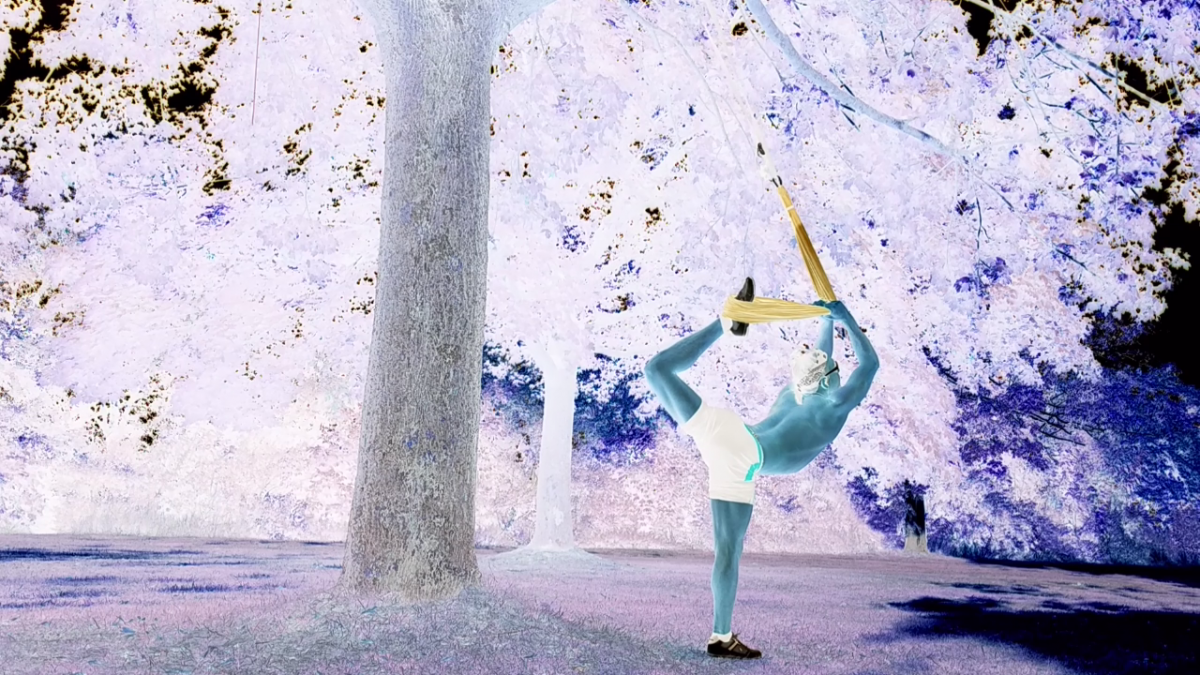

The Amazon deforestation rate in 2020 is the greatest of the decade.
I suggest that humanity should focus on saving the rainforest and not on fuzzy, propagandistic and theory-laden concepts such as "global warming". The rainforest is a clear quantitative indicator of "planetary health". It is thus a statistical criterion which can be measured with great accuracy. Complex systems thinking is needed. Interconnectivity is a key principle of life. The rainforest demonstrates this principle, i.e., the rainforest is an intelligent super-organism.






*in memoriam of the satanic Deep State

~Roscoe C. Brown


Dolce Hayes Mansion
in Californias Silicon Valley
2016

Plain numerical DOI: 10.1177/23978473221085746
DOI URL
directSciHub download
Show/hide publication abstract
Plain numerical DOI: 10.1038/s41598-020-78527-4
DOI URL
directSciHub download
Show/hide publication abstract

Plain numerical DOI: 10.1177/23978473221085746
DOI URL
directSciHub download
Show/hide publication abstract
Plain numerical DOI: 10.1038/s41598-020-78527-4
DOI URL
directSciHub download
Show/hide publication abstract




Iquitos
Peru
2022
♫ Marinera


Switzerland, Filzbach 2015

Peruvian Amazon




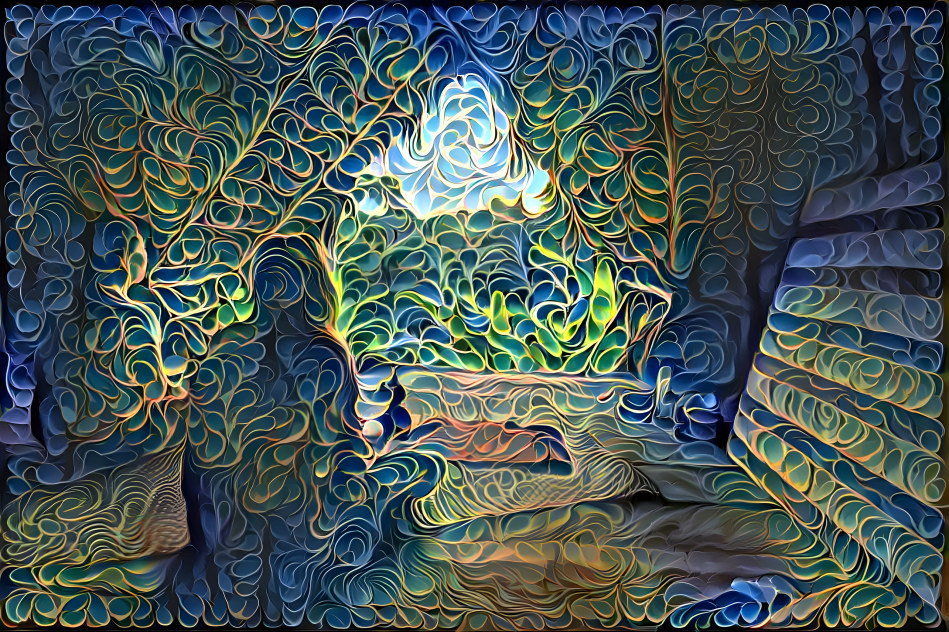














aka. Aguaje

aka. Uña de Gato






India 2016
In anthropology (and the social and behavioral sciences) the terms emic and etic refer to two different types of field research. Emic is a perspective from within the social group (from the perspective of the subject). Per contrast, etic refers to an outside-perspective (from the perspective of the observer). In my opinion both are complementary to each other (in the quantum-physical sense of complementarity; cf. bistable perception).

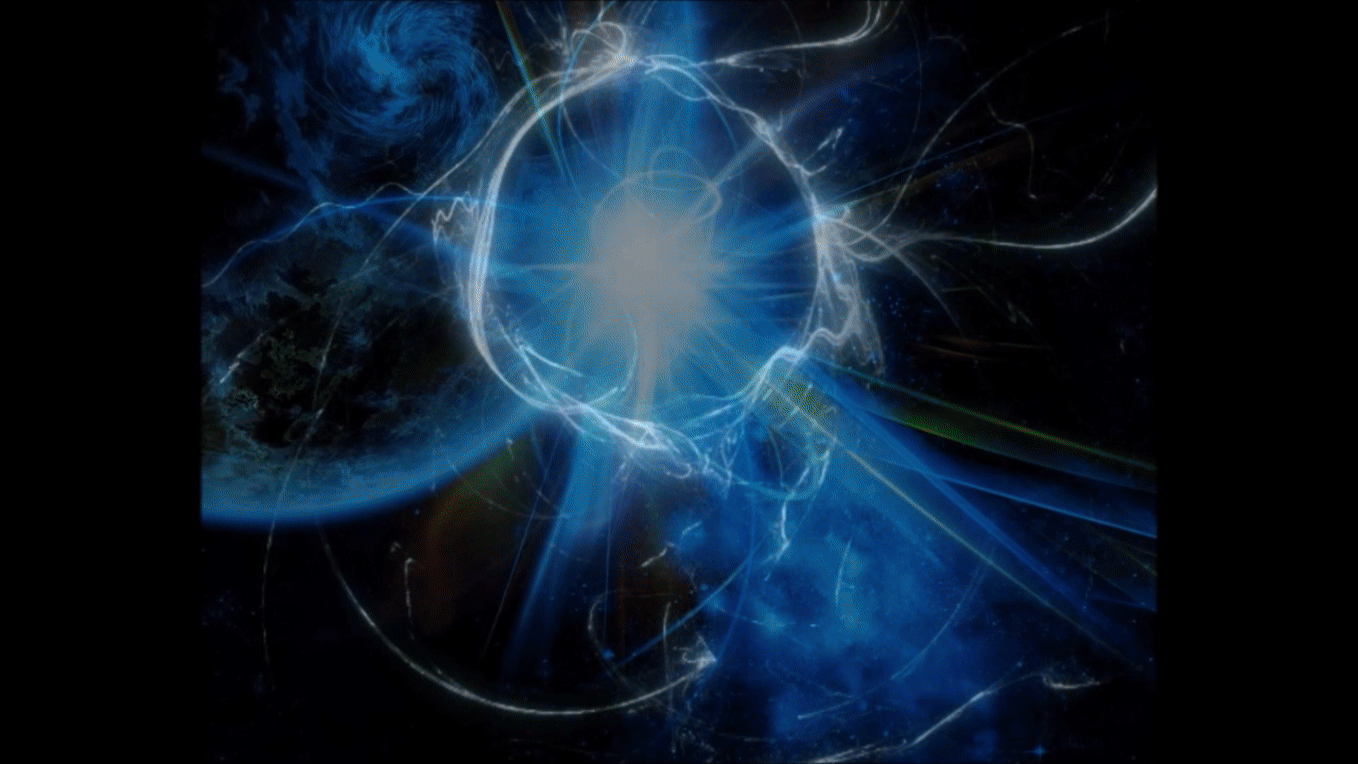

This presentation focuses on the role of noncommutativity in visual/perceptual decision-making.
First, some historical background information is provided.
Then, the interrelated concepts of complementarity and superposition are briefly delineated and two paradigmatic visual illusions are demonstrated.
Next, several pertinent empirical results are discussed in the theoretical framework of quantum cognition.
Finally, the interdisciplinary scope of the topic will be adumbrated in the context of "cognitive innovation" (CogNovo).
Switch to fullscreen-mode


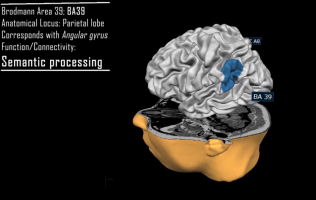

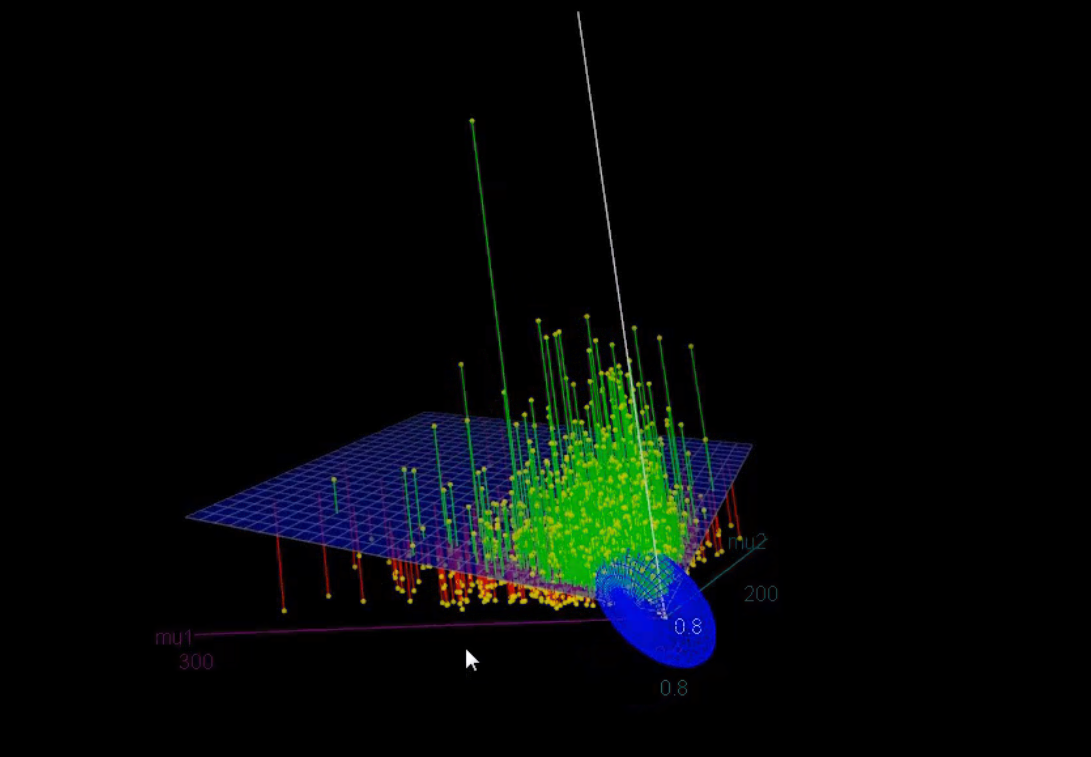
scatterplot3d(x, y=NULL, z=NULL, color=par("col"), pch=par("pch"),
main=NULL, sub=NULL, xlim=NULL, ylim=NULL, zlim=NULL,
xlab=NULL, ylab=NULL, zlab=NULL, scale.y=1, angle=40,
axis=TRUE, tick.marks=TRUE, label.tick.marks=TRUE,
x.ticklabs=NULL, y.ticklabs=NULL, z.ticklabs=NULL,
y.margin.add=0, grid=TRUE, box=TRUE, lab=par("lab"),
lab.z=mean(lab[1:2]), type="p", highlight.3d=FALSE,
mar=c(5,3,4,3)+0.1, bg=par("bg"), col.axis=par("col.axis"),
col.grid="grey", col.lab=par("col.lab"),
cex.symbols=par("cex"), cex.axis=0.8 * par("cex.axis"),
cex.lab=par("cex.lab"), font.axis=par("font.axis"),
font.lab=par("font.lab"), lty.axis=par("lty"),
lty.grid=par("lty"), lty.hide=NULL, lty.hplot=par("lty"),
log="", asp=NA, ...)
Plain numerical DOI: 10.1214/12-STS402
DOI URL
directSciHub download
Show/hide publication abstract



The Möbius band is an extraordinary geometrical figure. The band is eponymously named after the German mathematician August Ferdinand Möbius who described it in 1885, contemporaneously with another German mathematician named Johann Benedict Listing. It is a so called ruled surface with only one side and one boundary and it possesses the mathematical property of non-orientability (viz., a non-orientable manifold). In fact, the Möbius band is the simplest possible non-orientable surface. A Gedankenexperiment is helpful to understand this property intuitively: Imagine walking on the surface of a giant Möbius band. If you would travel long enough you would end up at the very starting point of the journey, only mirror-reversed. This journey can be repeated - ad infinitum. I argue that the Möbius band provides a reasily accessible metaphor for dual-aspect monism, a theory which challenges the predominant view that mind & matter (i.e., psyche & physis) are two fundamentally different substances. More information can be found on my eponymous websites.

California, San Jose (Silicon Valley)
2016


Saraswati Namastubhyam Varade Kama Rupini


Trace plot: In order to examine the representativeness of the MCMC samples, we first visually examine the trajectory of the chains. The trace plot indicates convergence on θ, i.e., the trace plot appears to be stationary because its mean and variance are not changing as a function of time.
Shrink factor (Brooks-Gelman-Rubin statistic). Theoretically, the larger the number of iterations T, the closer 𝑅 should approximate 1 (as T → ∞, 𝑅→ 1).
Autocorrelation (effective sample size/EES)
The density plot entails the 95% HDI and it displays the numerical value of the Monte Carlo Standard Error (MCSE) of 0.000454. The Monte Carlo Error (MCSE) is the uncertainty which can be attributed to the fact that the number of simulation draws is always finite. In other words, it provides a quantitative index that represents the quality of parameter estimates. The MCSE package in R provides convenient tools for computing Monte Carlo standard errors and the effective sample size (Gelman et al., 2004).
#clears all of R's memory
rm(list=ls())
# Get the functions loaded into R's working memory
# The function can also be downloaded from the following URL: # http://irrational-decisions.com/?page_id=1996
source("BEST.R")
#download data from server
dataexp2 <-
read.table("http://www.irrational-decisions.com/phd-thesis/dataexp2.txt",
header=TRUE, sep="", na.strings="NA", dec=".", strip.white=TRUE)
# Specify data as vectors
y1 = c(dataexp2$v00)
y2 = c(dataexp2$v01)
# Run the Bayesian analysis using the default broad priors described by Kruschke (2013)
mcmcChain = BESTmcmc( y1 , y2 , priorOnly=FALSE ,
numSavedSteps=12000 , thinSteps=1 , showMCMC=TRUE )
postInfo = BESTplot( y1 , y2 , mcmcChain , ROPEeff=c(-0.1,0.1) )
#The function “BEST.R” can be downloaded from the CRAN (Comprehensive R Archive Network) repository under https://cran.r-project.org/web/packages/BEST/index.html
Plain numerical DOI: 10.3758/s13423-016-1221-4
DOI URL
directSciHub download
Show/hide publication abstract
Plain numerical DOI: 10.1177/1745691611406925
DOI URL
directSciHub download
Show/hide publication abstract

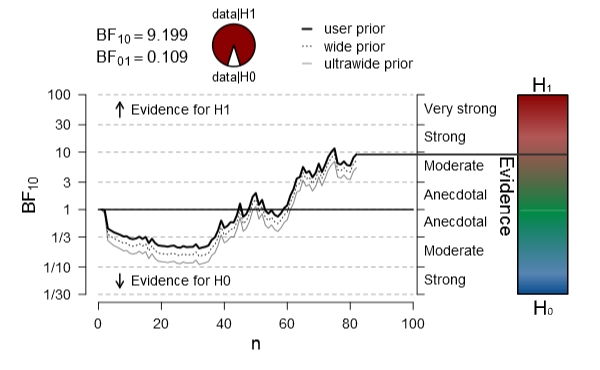
Plain numerical DOI: 10.3758/s13423-017-1323-7
DOI URL
directSciHub download
Show/hide publication abstract


This animation which was created using R provides an intuitive explanation of what a 95% confidence interval really means: If we would repeat the exact same experiment 50 times, then 95 % of the time the 50 confidence intervals would contain the true mean. Visualisations are a powerful aid to understanding statistics. This makes sense from an evolutionary point of view as abstract symbolic cognition is phylogenetically much more recent than visual reasoning.
The American Psychological Association recommend confidence intervals as the "new statistics" in order to counteract the problems associuated with p-values. However, research clearly shows that confidence intervals are also widely misunderstood and they are therefore no real solution to the statistical crisis.
Out of 118 researcher only 3% were able to give the correct answer.
http://www.ejwagenmakers.com/inpress/HoekstraEtAlPBR.pdf
> library(animation)
> conf.int
function (level = 0.95, size = 50, cl = c("red", "gray"), ...)
{
n = ani.options("nmax")
d = replicate(n, rnorm(size))
m = colMeans(d)
....
Plain numerical DOI: 10.3758/s13423-013-0572-3
DOI URL
directSciHub download
Show/hide publication abstract





This is my beautiful "steel tongue drum" (a fantastic handmade percussion instrument). It creates amazing sounds (the harmonic scale is D-minor consisting of the pitches 𝄞 D, E, F, G, A, B♭). The tonality deeply penetrates the mind. Listen to it for yourself and enjoy the vibrations... 🎜



This is the flower of Albizia julibrissin, the Persian silk tree. I took this picture in 2016 in Plymouth, English Garden, Mount Edgcumbe. Not to be confused with Calliandra angustifolia aka. Bobinsana (a "healing plant" used in shamanism) which is in the Fabaceae family, too.

I created this website because cognitive liberty (freedom of thought) is a fundamental human right which is currently under heavy attack. The website focuses on neuropolitics, history, social psychology, and cognitive psychology, inter alia.








Sanskrit etymology:
nata = actor, dancer, mime
raja = king
asana = posture, seat
Nataraja is another name for Shiva and his dance symbolizes cosmic energy. It is a challenging balancing asana (cerebellum) which trains focus and concentration (self-control/prefrontal executive functions). It is an extroverted asana full of creative energy.


Click to close this text
The word psyche is etymologically derived from the ancient Greek ψυχή (psukhḗ, which translates into “mind/soul/spirit/breath”). The suffix "logia" (λογία) can be translated as "the study of" (cf. lógos/λόγος which can be be translated, inter alia, as "subject matter Hence, psychology literally means "the study of mind/soul/spirit/breath”. However, many psychologists are utterly nescient of this etymological definition and are not very comfortable with these profound philosophical concepts. There are some laudable exceptions, for instance, the Swiss depth-psychologist C.G. Jung who wrote extensively on Indian psychology and pranayama (viz., psycho-spiritual breathing-exercises). Jung also coined the terms introversion/extroversion which are today widely utilised in mainstream psychology (the 5-factor model of personality). It should be noted that there is no science without philosophy!The notion that science can be seperated from philosophy is a naïve positivistic illusion which completly neglects the history of science. Until quite recently science was philosophy. The terminological dichotomisation is a modern invention.Daniel Dennett formulated the following concise statement: “There is no such thing as philosophy-free science; there is only science whose philosophical baggage is taken on board without examination." — Daniel Dennett, Darwin's Dangerous Idea, 1995




















































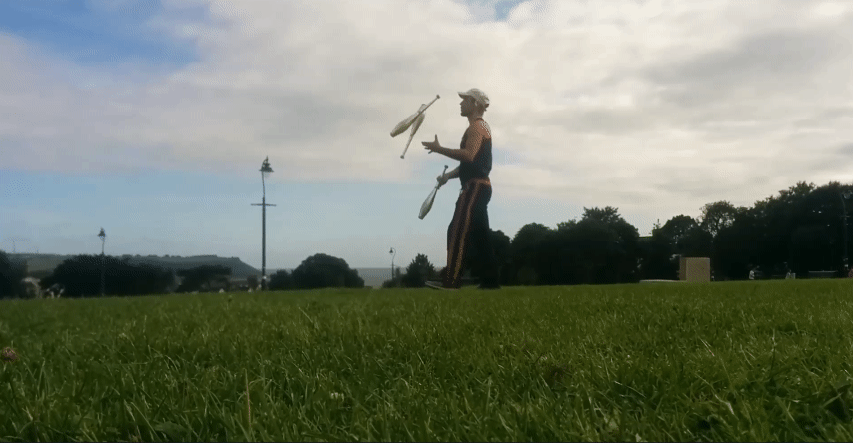









































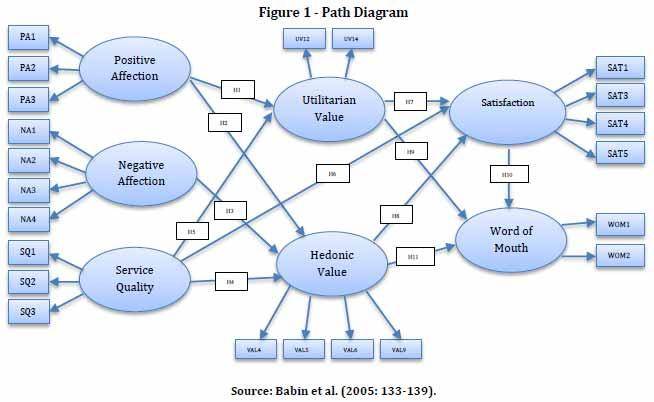

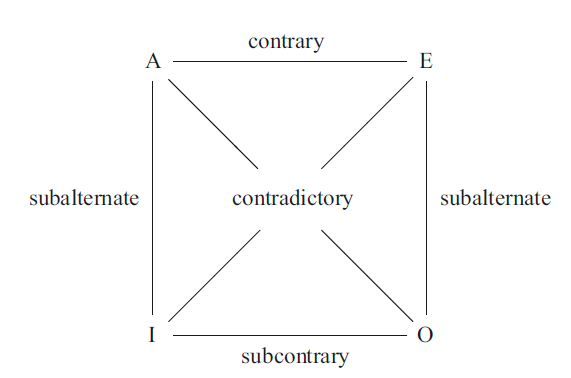



The author meditating in Paścimottānāsana
The great ancient knowledge system of India known as Vedānta has several schools of thought and forms the rational philosophical system which is the foundation of Hinduism. It is based on various Upanishads178, the Brahma Sūtras, and the Bhagavad Gītā. It provides a profound science179 of the mind and consciousness which is relevant for contemporary westerns sciences like psychology, neuroscience, biology, and physics (Frawley, 2001; Silberstein, 2017; Vaidya & Bilimoria, 2015). Most Vedāntic schools of thought are dualistic in nature with the exception of Advaita Vedānta which is furthermore incompatible with superficial and naïve materialistic ideologies (e.g., naïve realism). Its introspective methods permit deep insights (...)

/*!
* Base CSS for pdf2htmlEX
* Copyright 2012,2013 Lu Wang
* https://github.com/coolwanglu/pdf2htmlEX/blob/master/share/LICENSE
*/#sidebar{position:absolute;top:0;left:0;bottom:0;width:250px;padding:0;margin:0;overflow:auto}#page-container{position:absolute;top:0;left:0;margin:0;padding:0;border:0}@media screen{#sidebar.opened+#page-container{left:250px}#page-container{bottom:0;right:0;overflow:auto}.loading-indicator{display:none}.loading-indicator.active{display:block;position:absolute;width:64px;height:64px;top:50%;left:50%;margin-top:-32px;margin-left:-32px}.loading-indicator img{position:absolute;top:0;left:0;bottom:0;right:0}}@media print{@page{margin:0}html{margin:0}body{margin:0;-webkit-print-color-adjust:exact}#sidebar{display:none}#page-container{width:auto;height:auto;overflow:visible;background-color:transparent}.d{display:none}}.pf{position:relative;background-color:white;overflow:hidden;margin:0;border:0}.pc{position:absolute;border:0;padding:0;margin:0;top:0;left:0;width:100%;height:100%;overflow:hidden;display:block;transform-origin:0 (...)

Under construction...
Keywords: Taylorism, Neoliberalism, Education as business, (...)

The majority of professors who lecture statistics are unable to interpret a simple t-test correctly as the following empirical data illustrates (adapted from Haller & Krauss, 2002).
Figure 1. Fallacious statistical reasoning in the interpretation of an independent samples t-test (Haller & Krauss, 2002).
"Teaching statistics to psychology students should not only consist of teaching
calculations, procedures and formulas, but should focus much more on statistical
thinking and understanding of the methods...Since thinking as well as understanding are genuine matters of scientific psychology, it is astounding that these issues have been largely neglected in the methodology instruction of psychology students." (Haller & Krauss, 2002, p.17)
Haller, H., & Krauss, S. (...)


***
The fusiform face area (FFA) is a region of the human brain, located in the fusiform gyrus of the temporal lobe. It is primarily associated with the processing and recognition of faces.
Research using techniques such as functional magnetic resonance imaging (fMRI) has consistently shown increased activity in the fusiform face area when individuals are presented with images of faces compared to other objects or stimuli. This specialization suggests that the FFA plays a critical role in the neural circuitry underlying face perception.
While the exact mechanisms of how the FFA processes facial information are not fully understood, it is believed to be involved in various aspects of face processing, including holistic face perception (viewing faces as integrated wholes rather than (...)
See also my project http://belief-bias.de
Every man prefers belief to the exercise of judgment.
~ Seneca
We speak not strictly and philosophically when we talk of the combat of passion and of reason. Reason is, and ought only to be the slave of the passions, and can never pretend to any other office than to serve and obey them.~ Hume
A well studied phenomenon in the psychology of reasoning is termed belief bias (Evans et al., 1983; Markovits & Nantel, 1989). Belief bias labels the long standing effect that reasoners are more likely to accept a believable conclusion to a syllogism than an unbelievable one, independent of the actual logical validity of the conclusion (i.e. Wilkins, 1928; Henle & Michael, 1956; Kaufman & Goldstein, 1967). For instance, examination of the (...)

/*
WordPress Post & Page Dropdown Menu
http://www.beliefmedia.com/wp-dropdown-menu
*/
function beliefmedia_wp_post_dropdown($atts) {
$atts = shortcode_atts(array(
'status' => 'publish',
'type' => 'page',
'parent' => false,
'exclude' => false,
'author' => false,
'category' => false,
'tags' => false,
'order' => 'DESC', /* ASC/DESC */
'orderby' => 'date',
'format' => false, /* jS F Y, g:iA */
'date' => false,
'number' => false,
'p' => false,
'style' => 'height: 35px;',
/* Form search text */
'text' => 'Select Page',
'length' => false,
/* Style */
'cache' => 3600 * 8,
), $atts);
$transient = 'bmdd_' . md5(serialize($atts));
(...)
/*!
* Base CSS for pdf2htmlEX
* Copyright 2012,2013 Lu Wang
* https://github.com/coolwanglu/pdf2htmlEX/blob/master/share/LICENSE
*/#sidebar{position:absolute;top:0;left:0;bottom:0;width:250px;padding:0;margin:0;overflow:auto}#page-container{position:absolute;top:0;left:0;margin:0;padding:0;border:0}@media screen{#sidebar.opened+#page-container{left:250px}#page-container{bottom:0;right:0;overflow:auto}.loading-indicator{display:none}.loading-indicator.active{display:block;position:absolute;width:64px;height:64px;top:50%;left:50%;margin-top:-32px;margin-left:-32px}.loading-indicator img{position:absolute;top:0;left:0;bottom:0;right:0}}@media print{@page{margin:0}html{margin:0}body{margin:0;-webkit-print-color-adjust:exact}#sidebar{display:none}#page-container{width:auto;height:auto;overflow:visible;background-color:transparent}.d{display:none}}.pf{position:relative;background-color:white;overflow:hidden;margin:0;border:0}.pc{position:absolute;border:0;padding:0;margin:0;top:0;left:0;width:100%;height:100%;overflow:hidden;display:block;transform-origin:0 (...)









